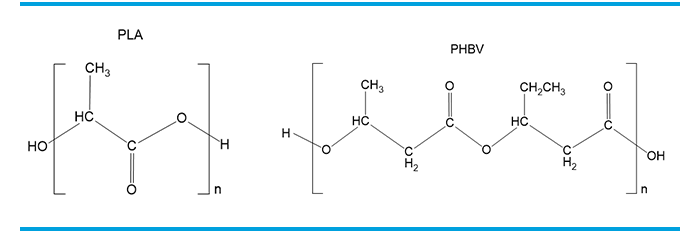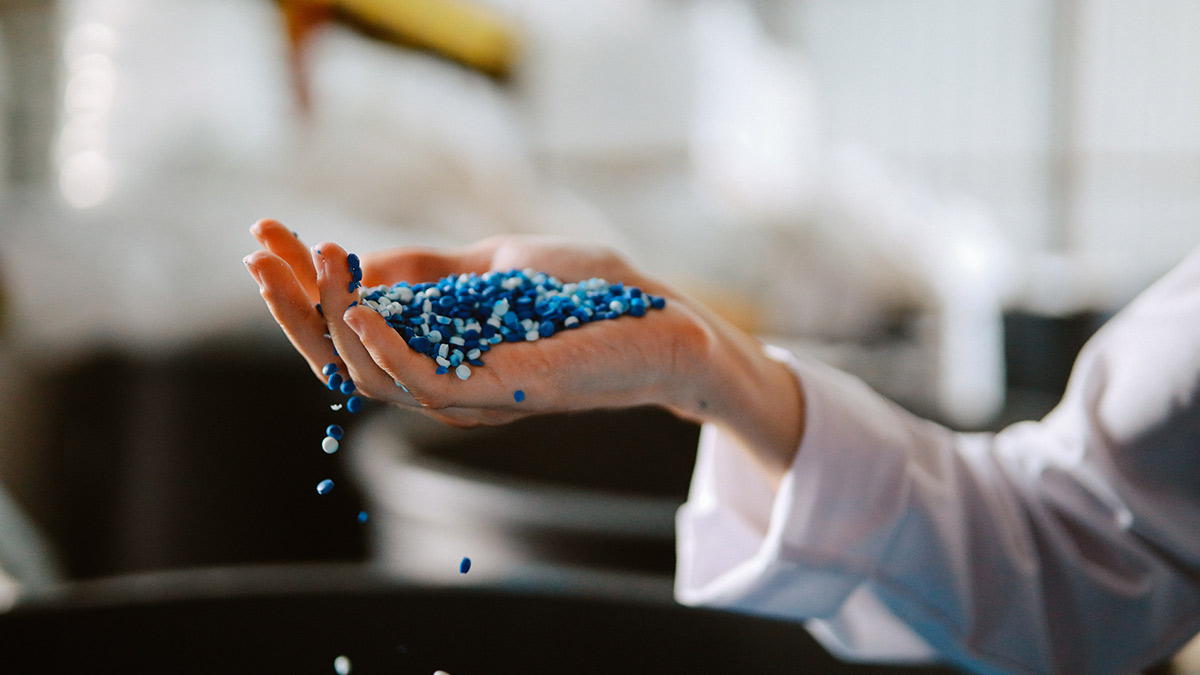Biodegradable Polymers Show Promise for The Planet
As awareness around the problems of plastic pollution and microplastics grows, various manufacturers are focusing on developing compostable and biodegradable polymer materials.
Two examples of promising renewable polymers are polyhydroxybutyric acid co 3-hydroxyvaleric acid, or PHBV and poly(lactic acid), or PLA. Both materials are produced with products of fermentation and are compostable. The structure of each is shown; the two are comprised of short-chain organic acids which are polymerized via condensation reactions.

The two materials contain the same types of bonds with differences in chain or side-chain length, and so the infrared spectral measurements are comprised of features diagnostic for certain functional groups, such as C-H bonds (ca. 2840-2990 cm-1 and 1450-1375 cm-1), C-O bonds, and C=O bonds (ca. 1720-1750 cm-1). In its simplest implementation, FT-IR can be used to rapidly verify the presence or absence of such functional groups but as evidenced by the two spectra of these materials, the spectrum is quite sensitive to structural differences between the two polymers. What might be called the “fine structure” of the spectra causes a remarkable degree of selectivity when the materials are identified using an approach like COMPARETM algorithms in AssureID™ Software.

Like other algorithms employed for rapid material identification tasks, the heart of this algorithm is a correlation value, but its real power lies in the user-configurable filters. Users can set the range over which the correlation is calculated and can set a variety of weighting functions to reduce the impact of baseline offset or artifacts, as well as reducing the impact of parts of the spectrum which have a diminished signal-to-noise. This flexibility can be leveraged to make the algorithm not only sensitive enough to discriminate materials based on subtle differences, but also “desensitize” the algorithm where some compositional variety is acceptable or expected.
Microplastics have been detected just about everywhere—from the most remote mountain tops to the depths of the artic waters. The good news is compostable and biodegradable polymer materials continue to be made more available. Manufacturers can look to PerkinElmer instrumentation and software for quick and effective FT-IR microscopic analysis of microplastics.

